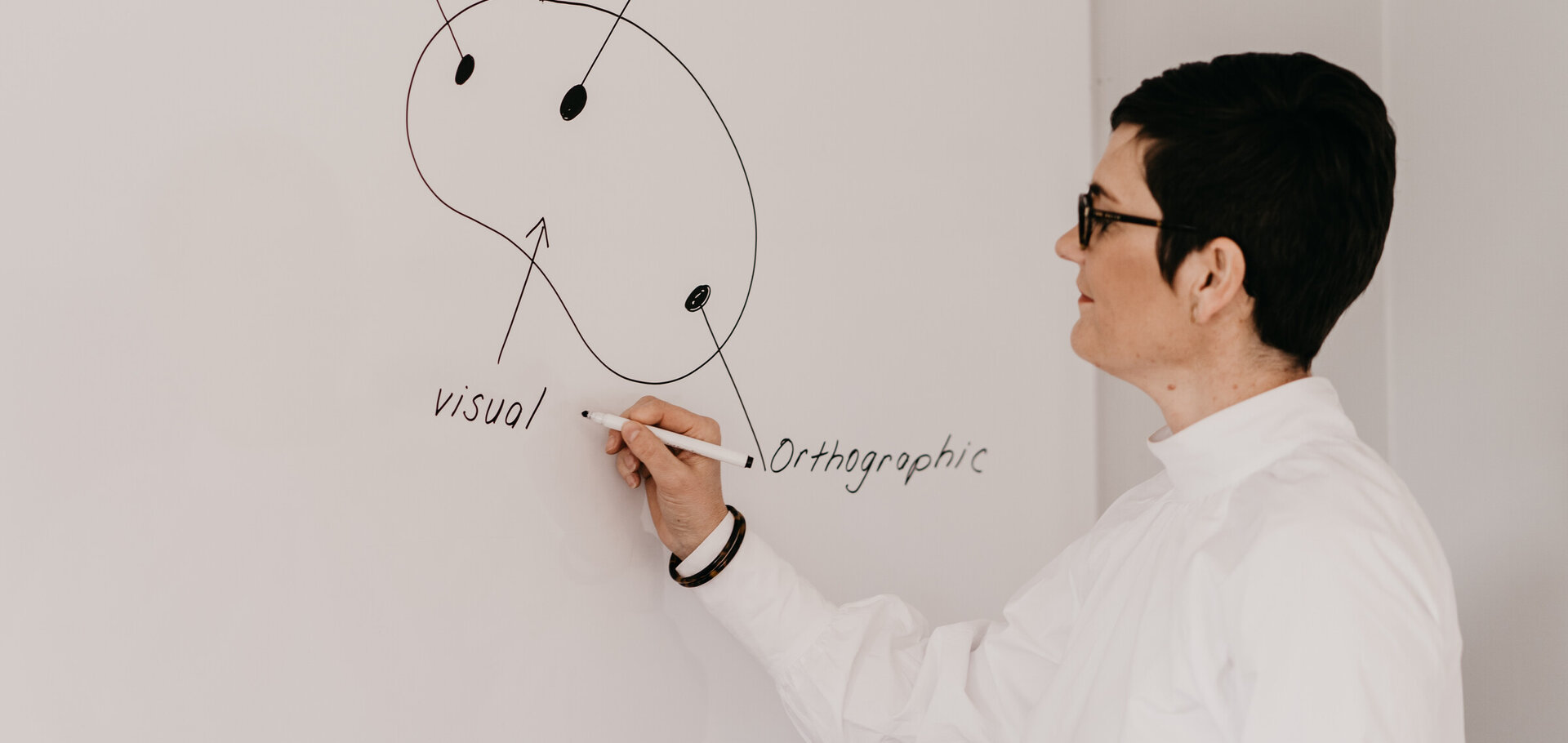Phonic Books Progression Chart
Use the progression charts to assist with determining which Phonic Books decodable texts you require.
Books for Beginner Readers:
Dandelion Launchers and Dandelion Readers are books suitable for beginner readers. The key difference between the two book series is the amount of text on a page. Dandelion Readers have more text than the Dandelion Launchers.
Both books series follow the phonic book progression which has a slow, systematic and cumulative scope and sequence. The Dandelion Readers range progresses at a faster pace than the Dandelion Launcher range.
These books are suitable for students aged 4-7 years.
Download our iDeaL example lesson plan as a guide to teaching using these books.
Books for Catch-up Readers:
Catch-up Readers is a term used to describe decodable books that are suitable for older readers 7-8+ years, who have not yet experienced success in reading. These books also follow a systematic scope and sequence with the difficulty increasing through the books. They are high interest, lower decodability or lower ability reading material, and have sophisticated vocabulary.
Coupling a decodable books series with the corresponding workbook is a great way to engage students. Workbook activities are well structured to support the development of all aspects of reading from phonological awareness, spelling and fluency building activities to vocabulary and comprehension tasks.
Teachers and parents may use these in one of two ways:
- Read the whole book series and complete the activities in the corresponding workbook
- Following another scope and sequence, such as the iDeaL stage 2 scope and sequence, teachers use this scope as their directive and align various Catch-up Readers to this.
Download our iDeaL example lesson plan as a guide to teaching using these books.
* Glossary:
- CVC – acronym for consonant vowel consonant words such as d ‘d-o-g’.
- Phoneme – sound in a word, e.g. ‘cat’ has three phonemes ‘c-a-t’.
- Grapheme – spelling of a sound in a word e.g. ‘h’ in ‘hat’ is a one-letter spelling; ‘sh’ in ‘ship’ is a two-letter spelling; ‘igh’ in ‘night’ is a three- letter spelling and ‘ough’ in ‘through’ is a four-letter spelling.






































